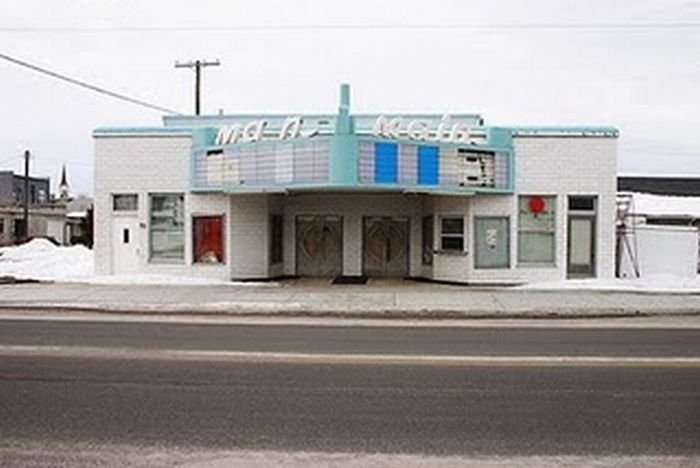|
|
Abandoned Theater, United States
|
The ancient Greeks began formalising theatre as an art, developing strict definitions of tragedy and comedy as well as other forms, including satyr plays. Like the religious plays of ancient Egypt, Greek plays made use of mythological characters. The Greeks also developed the concepts of dramatic criticism, acting as a career, and theatre architecture. In the modern world these works have been adapted and interpreted in thousands of different ways in order to serve the needs of the time. Examples are offered by Antigone, used in 1944 by Anouilh to make a statement about the Nazi occupation of France, and by Brecht in 1948, likening Creon to Hitler and Thebes to defeated Germany. The theatre masks of Greek performance became widely adopted in 1st- and 2nd-century Rome as a decorative theme, both within the home and in public spaces, and representations of two of the forms, of comedy and tragedy, came to stand for the theatre itself: a symbol that survives today.
Western theatre continued to develop under the Roman Empire, in medieval England, and continued to thrive, taking on many alternate forms in Spain, Italy, France, and Russia in the 16th, 17th and 18th centuries. The general trend over the centuries was away from the poetic drama of the Greeks and the Renaissance and toward a more realistic style, especially following the Industrial Revolution. A uniquely North American theatre developed with the colonization of the new world.
The history of Eastern theatre is traced back to 1000 BC with the Sanskrit drama of ancient Indian theatre. Chinese theatre also dates back to around the same time. Japanese forms of Kabuki, Noh, and Kyogen date back to the 17th century AD. Other Eastern forms were developed throughout China, Korea, and Southeast Asia.
The most popular forms of theatre in the medieval Islamic world were puppet theatre (which included hand puppets, shadow plays and marionette productions) and live passion plays known as ta'ziya, where actors re-enact episodes from Muslim history. In particular, Shia Islamic plays revolved around the shaheed (martyrdom) of Ali's sons Hasan ibn Ali and Husayn ibn Ali. Live secular plays were known as akhraja, recorded in medieval adab literature, though they were less common than puppetry and ta'ziya theatre.
|
|









